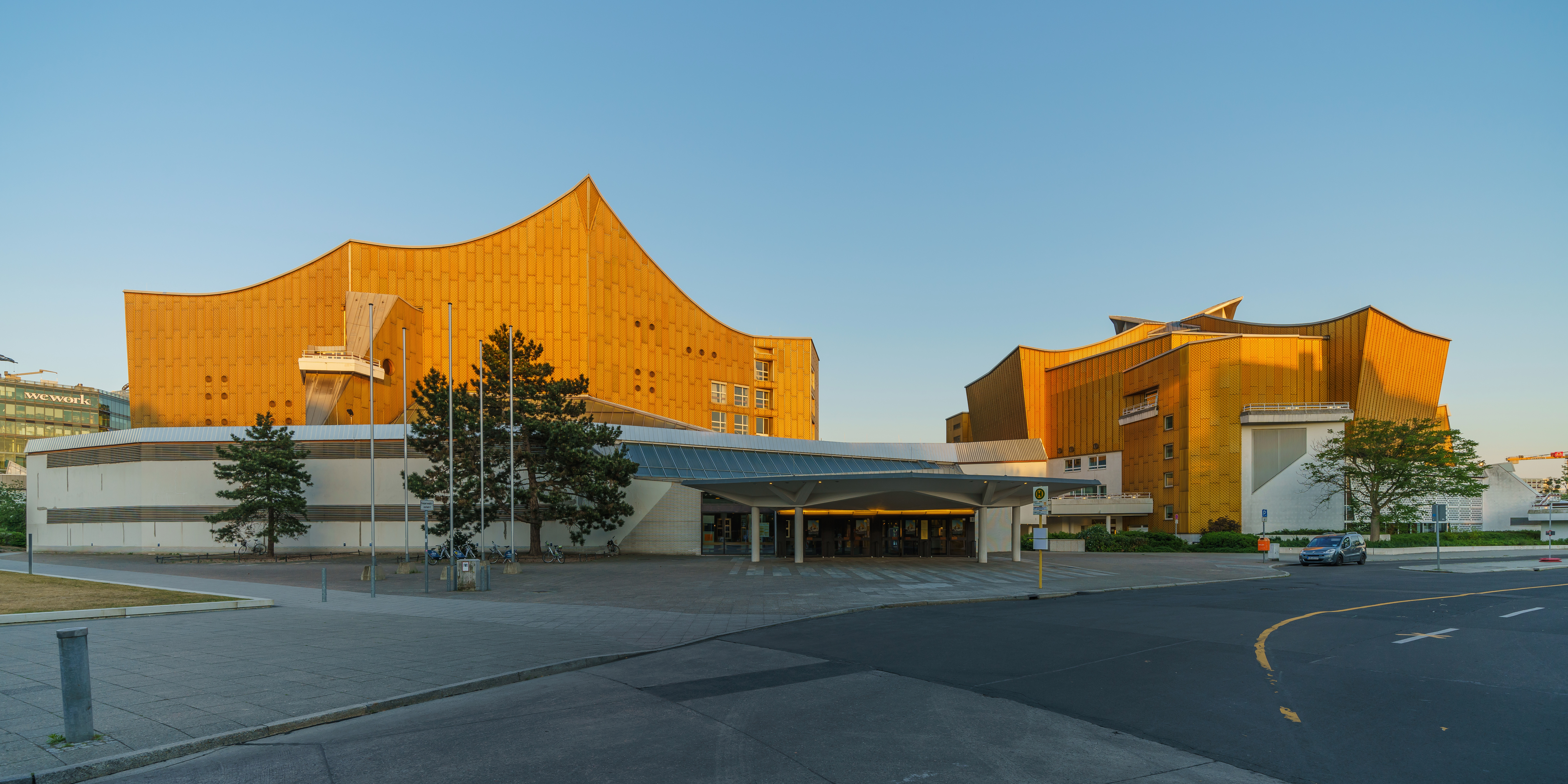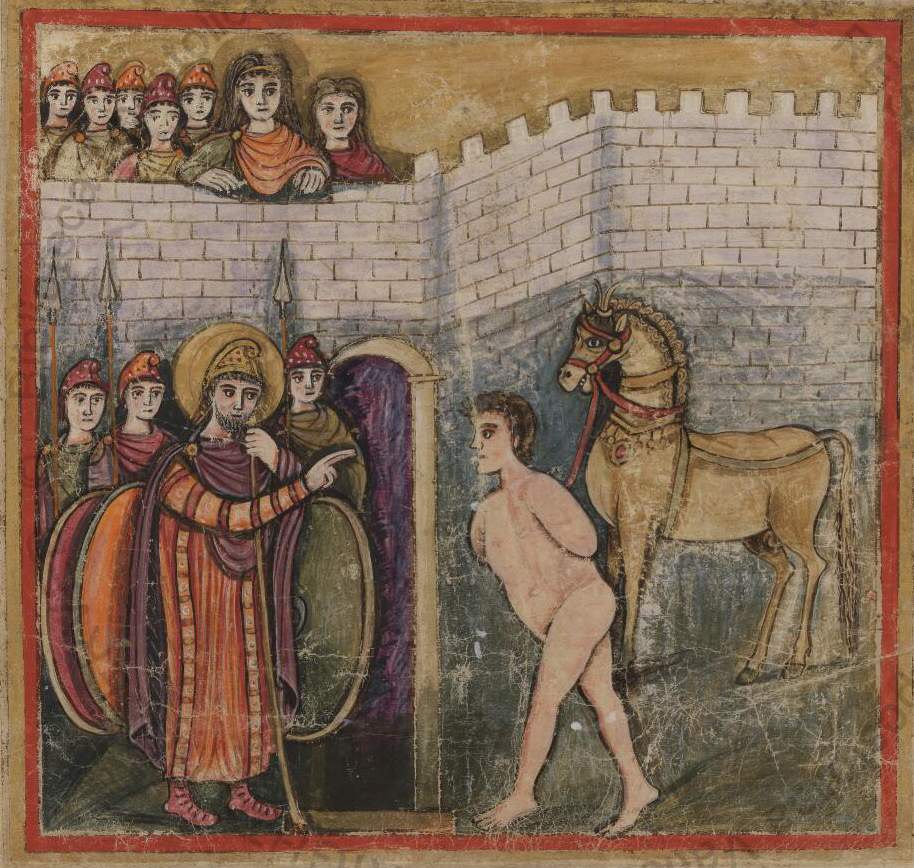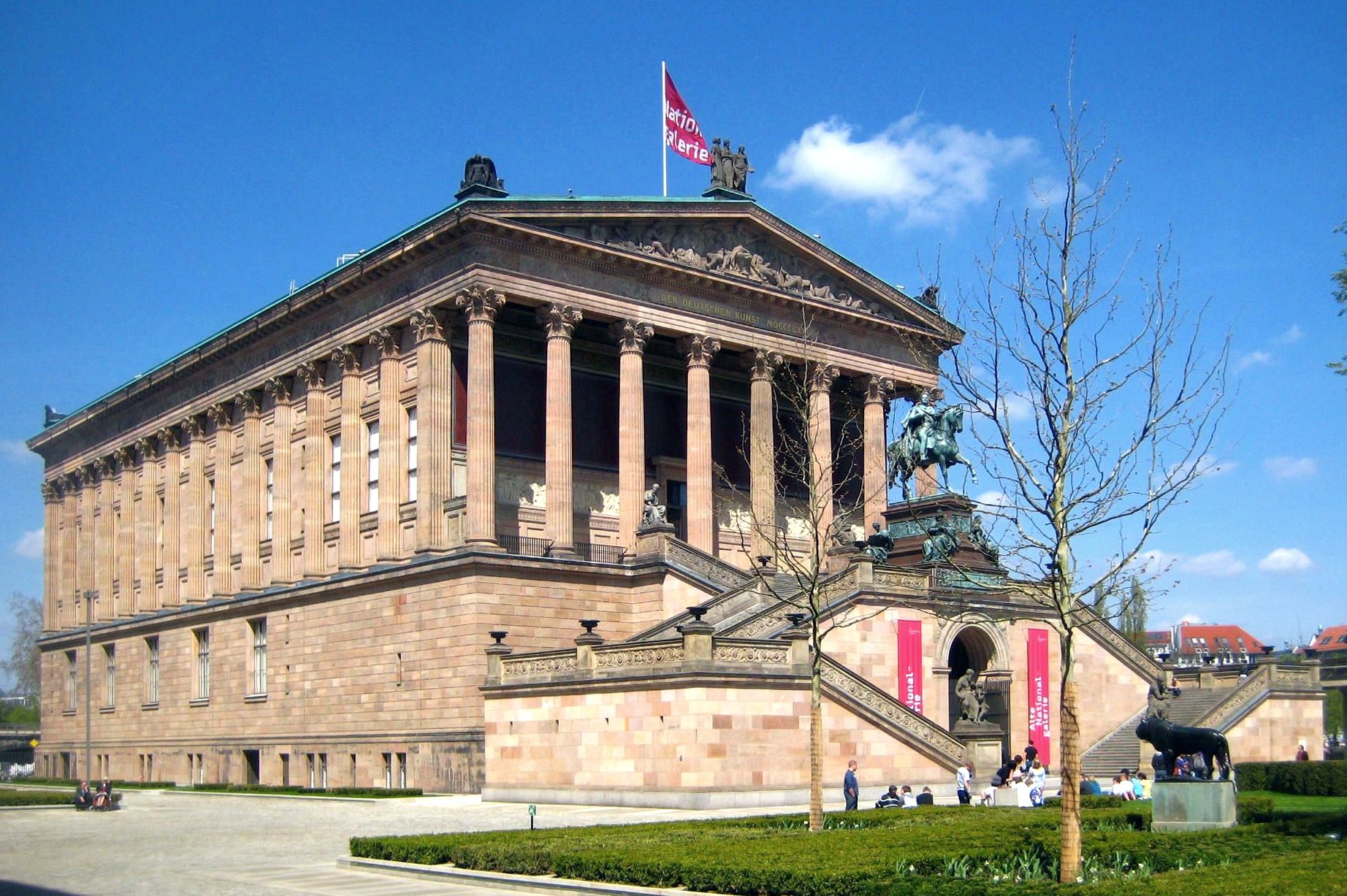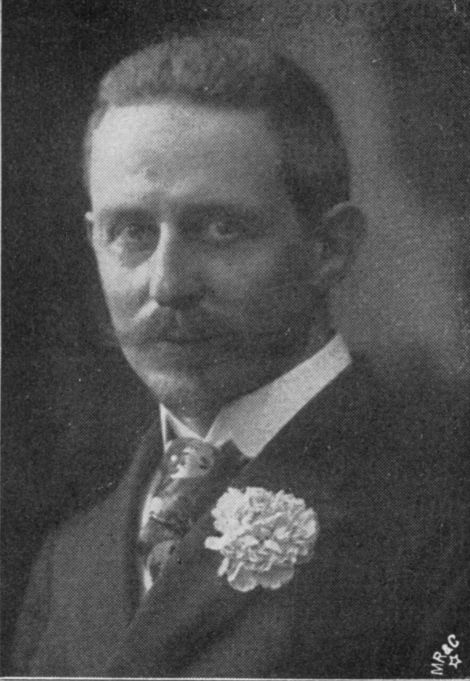|
Kupferstichkabinett Berlin
The Kupferstichkabinett, or Museum of Prints and Drawings, is a prints museum in Berlin, Germany. It is part of the Berlin State Museums, and is located in the Kulturforum on Potsdamer Platz. It is the largest museum of graphic art in Germany,Museum of Prints and Drawings with more than 500,000 prints and around 110,000 individual works on paper (drawings, s, s, oil sketches).
|
Albrecht Altdorfer
Albrecht Altdorfer (12 February 1538) was a German painter, engraver and architect of the Renaissance working in Regensburg, Bavaria. Along with Lucas Cranach the Elder and Wolf Huber he is regarded to be the main representative of the Danube School, setting biblical and historical subjects against landscape backgrounds of expressive colours. He is remarkable as one of the first artists to take an interest in landscape as an independent subject. As an artist also making small intricate engravings he is seen to belong to the Nuremberg Little Masters. Biography Altdorfer was born in Regensburg or Altdorf, Lower Bavaria, Altdorf around 1480. He acquired an interest in art from his father, Ulrich Altdorfer, who was a painter and miniaturist. At the start of his career, he won public attention by creating small, intimate modestly scaled works in unconventional media and with eccentric subject matter. He settled in the free imperial city of Regensburg, a town located on the Danube Ri ... [...More Info...] [...Related Items...] OR: [Wikipedia] [Google] [Baidu] |
Kulturforum
The Kulturforum ( en, Cultural Forum) is a collection of cultural buildings in Berlin. It was built up in the 1950s and 1960s at the edge of West Berlin, after most of the once unified city's cultural assets had been lost behind the Berlin Wall. The Kulturforum is characterized by its innovative modernist architecture; several buildings are distinguished by the organic designs of Hans Scharoun, and the Neue Nationalgalerie was designed by Mies van der Rohe. Today, the Kulturforum lies immediately to the west of the redeveloped commercial node of Potsdamer Platz. Cultural institutions Among the cultural institutions housed in and around the Kulturforum are: * Neue Nationalgalerie * Gemäldegalerie *Kunstgewerbemuseum Berlin (Museum of Decorative Arts) * Musical Instrument Museum * Kupferstichkabinett ( Print room) * Kunstbibliothek Berlin (Berlin Art Library) * Berliner Philharmonie *Chamber Music Hall *Berlin State Library ''Haus Potsdamer Straße'' *Ibero-American Institute ... [...More Info...] [...Related Items...] OR: [Wikipedia] [Google] [Baidu] |
Sandro Botticelli
Alessandro di Mariano di Vanni Filipepi ( – May 17, 1510), known as Sandro Botticelli (, ), was an Italian painter of the Early Renaissance. Botticelli's posthumous reputation suffered until the late 19th century, when he was rediscovered by the Pre-Raphaelites who stimulated a reappraisal of his work. Since then, his paintings have been seen to represent the linear grace of late Italian Gothic and some Early Renaissance painting, even though they date from the latter half of the Italian Renaissance period. In addition to the mythological subjects for which he is best known today, Botticelli painted a wide range of religious subjects (including dozens of renditions of the ''Madonna and Child'', many in the round tondo shape) and also some portraits. His best-known works are '' The Birth of Venus'' and '' Primavera'', both in the Uffizi in Florence, which holds many of Botticelli’s works. Botticelli lived all his life in the same neighbourhood of Florence; his only signi ... [...More Info...] [...Related Items...] OR: [Wikipedia] [Google] [Baidu] |
Hieronymus Bosch
Hieronymus Bosch (, ; born Jheronimus van Aken ; – 9 August 1516) was a Dutch/ Netherlandish painter from Brabant. He is one of the most notable representatives of the Early Netherlandish painting school. His work, generally oil on oak wood, mainly contains fantastic illustrations of religious concepts and narratives. Within his lifetime his work was collected in the Netherlands, Austria, and Spain, and widely copied, especially his macabre and nightmarish depictions of hell. Little is known of Bosch's life, though there are some records. He spent most of it in the town of 's-Hertogenbosch, where he was born in his grandfather's house. The roots of his forefathers are in Nijmegen and Aachen (which is visible in his surname: Van Aken). His pessimistic fantastical style cast a wide influence on northern art of the 16th century, with Pieter Bruegel the Elder being his best-known follower. Today, Bosch is seen as a hugely individualistic painter with deep insight into h ... [...More Info...] [...Related Items...] OR: [Wikipedia] [Google] [Baidu] |
Miniature (illuminated Manuscript)
A miniature (from the Latin verb ''miniare'', "to colour with '' minium''", a red lead) is a small illustration used to decorate an ancient or medieval illuminated manuscript; the simple illustrations of the early codices having been miniated or delineated with that pigment. The generally small scale of such medieval pictures has led to etymological confusion with minuteness and to its application to small paintings, especially portrait miniatures, which did however grow from the same tradition and at least initially used similar techniques. Apart from the Western, Byzantine and Armenian traditions, there is another group of Asian traditions, which is generally more illustrative in nature, and from origins in manuscript book decoration also developed into single-sheet small paintings to be kept in albums, which are also called miniatures, as the Western equivalents in watercolor and other mediums are not. These include Arabic miniatures, and their Persian, Mughal, Ottoman ... [...More Info...] [...Related Items...] OR: [Wikipedia] [Google] [Baidu] |
Grunewald Triple
{{disambiguation, geo ...
Grunewald is the name of both a locality and a forest in Germany: * Grunewald (forest) * Grunewald (locality) Grünewald may refer to: * Grünewald (surname) * Grünewald, Germany, a municipality in Brandenburg, Germany * Grünewald (Luxembourg), a forest in Luxembourg * Matthias-Grünewald-Verlag, a publishing house in Mainz See also * * Greenwald * Grindelwald (other) * Grünwald (other) * Grunwald (other) Grunwald may refer to: Places Administrative * Grunwald, Warmian-Masurian Voivodeship, a village in northern Poland ** Gmina Grunwald, a municipality containing the village of Grunwald * Grunwald, Poznań, a district of the city of Poznań in wes ... [...More Info...] [...Related Items...] OR: [Wikipedia] [Google] [Baidu] |
West Berlin
West Berlin (german: Berlin (West) or , ) was a political enclave which comprised the western part of Berlin during the years of the Cold War. Although West Berlin was de jure not part of West Germany, lacked any sovereignty, and was under military occupation until German reunification in 1990, the territory was claimed by the Federal Republic of Germany (FRG) which was heavily disputed by the Soviet Union and other Eastern Bloc countries. However, West Berlin de facto aligned itself politically with the FRG on 23 May 1949, was directly or indirectly represented in its federal institutions, and most of its residents were citizens of the FRG. West Berlin was formally controlled by the Western Allies and entirely surrounded by the Soviet-controlled East Berlin and East Germany. West Berlin had great symbolic significance during the Cold War, as it was widely considered by westerners an "island of freedom" and America's most loyal counterpart in Europe. It was heavily subsidi ... [...More Info...] [...Related Items...] OR: [Wikipedia] [Google] [Baidu] |
East Berlin
East Berlin was the ''de facto'' capital city of East Germany from 1949 to 1990. Formally, it was the Soviet sector of Berlin, established in 1945. The American, British, and French sectors were known as West Berlin. From 13 August 1961 until 9 November 1989, East Berlin was separated from West Berlin by the Berlin Wall. The Western Allied powers did not recognize East Berlin as the GDR's capital, nor the GDR's authority to govern East Berlin. On 3 October 1990, the day Germany was officially reunified, East and West Berlin formally reunited as the city of Berlin. Overview With the London Protocol of 1944 signed on 12 September 1944, the United States, the United Kingdom, and the Soviet Union decided to divide Germany into three occupation zones and to establish a special area of Berlin, which was occupied by the three Allied Forces together. In May 1945, the Soviet Union installed a city government for the whole city that was called "Magistrate of Greater Berlin", whic ... [...More Info...] [...Related Items...] OR: [Wikipedia] [Google] [Baidu] |
Degenerate Art
Degenerate art (german: Entartete Kunst was a term adopted in the 1920s by the Nazi Party in Germany to describe modern art. During the dictatorship of Adolf Hitler, German modernist art, including many works of internationally renowned artists, was removed from state-owned museums and banned in Nazi Germany on the grounds that such art was an "insult to German feeling", un-German, Freemasonic, Jewish, or Communist in nature. Those identified as degenerate artists were subjected to sanctions that included being dismissed from teaching positions, being forbidden to exhibit or to sell their art, and in some cases being forbidden to produce art. ''Degenerate Art'' also was the title of an exhibition, held by the Nazis in Munich in 1937, consisting of 650 modernist artworks chaotically hung and accompanied by text labels deriding the art. Designed to inflame public opinion against modernism, the exhibition subsequently traveled to several other cities in Germany and Austria. While ... [...More Info...] [...Related Items...] OR: [Wikipedia] [Google] [Baidu] |
Expressionism
Expressionism is a modernist movement, initially in poetry and painting, originating in Northern Europe around the beginning of the 20th century. Its typical trait is to present the world solely from a subjective perspective, distorting it radically for emotional effect in order to evoke moods or ideas. Expressionist artists have sought to express the meaningVictorino Tejera, 1966, pages 85,140, Art and Human Intelligence, Vision Press Limited, London of emotional experience rather than physical reality. Expressionism developed as an avant-garde style before the First World War. It remained popular during the Weimar Republic,Bruce Thompson, University of California, Santa Cruzlecture on Weimar culture/Kafka'a Prague particularly in Berlin. The style extended to a wide range of the arts, including expressionist architecture, painting, literature, theatre, dance, film and music. The term is sometimes suggestive of angst. In a historical sense, much older painters such as ... [...More Info...] [...Related Items...] OR: [Wikipedia] [Google] [Baidu] |
National Gallery (Berlin)
The National Gallery (german: Nationalgalerie) in Berlin, Germany, is a museum for art of the 19th, 20th and 21st centuries. It is part of the Berlin State Museums. From the Alte Nationalgalerie, which was built for it and opened in 1876, its exhibition space has expanded to include five other locations. The museums are part of the Berlin State Museums, owned by the Prussian Cultural Heritage Foundation. Locations The holdings of the National Gallery are currently shown in five locations: * Alte Nationalgalerie: 19th-century art, on Museum Island * Neue Nationalgalerie: 20th-century art, at the Kulturforum. The building, designed by Ludwig Mies van der Rohe, opened on 15 September 1968. * Berggruen Museum: in Charlottenburg, showing classics of 20th-century modern art collected by Heinz Berggruen; added to the National Gallery in 1996. * Scharf-Gerstenberg Collection: in Charlottenburg, showing 20th-century art from French Romanticism to Surrealism; added to the National ... [...More Info...] [...Related Items...] OR: [Wikipedia] [Google] [Baidu] |
Max Lehrs
Max Lehrs (24 June 1855, in Berlin – 12 November 1938, in Dresden) was a German art historian and long-time director of the Dresden Kupferstichskabinett, 1896–1904, and 1908–24, with the intervening as director in Berlin. He is especially noted for his work on 15th-century German and Dutch engravers, and the numbers from his catalogues are still the most commonly used in modern references for many artists. Lehrs went blind while still writing his works, which were completed with the help of his daughter and his memory, leading to some lapses in late works. Further reading * * Peter Betthausen, Peter H. Feist Peter Heinz Feist (most often Peter H. Feist) (29 July 1928 – 26 July 2015) was a German art historian. Life Feist was born in 1928 in Warnsdorf in northern Bohemia, where he grew up. His father Georg H. Feist was a surgeon and in 1926 he ..., Christiane Fork: ''Metzler-Kunsthistoriker-Lexikon. Zweihundert Porträts deutschsprachiger Autoren au ... [...More Info...] [...Related Items...] OR: [Wikipedia] [Google] [Baidu] |






.png)




